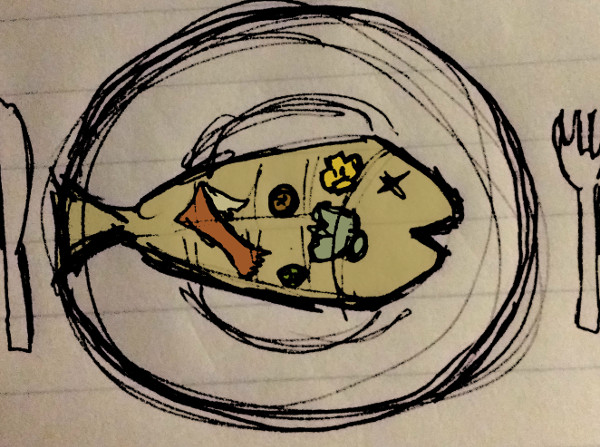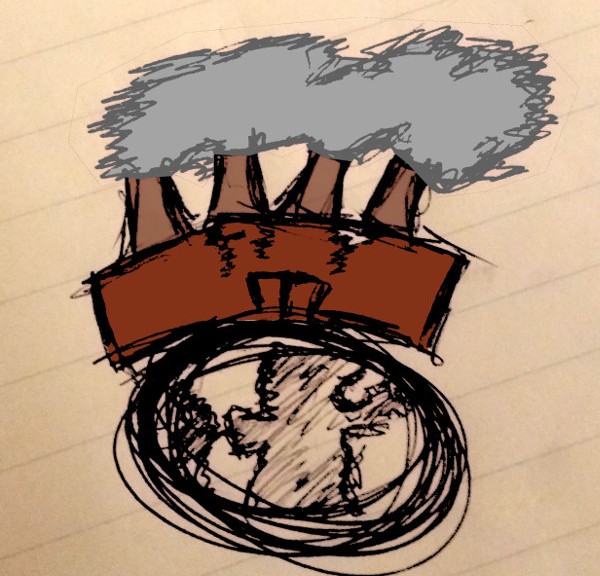Needing more exercise and reducing fossil fuel use are two birds. My bicycle is one stone, and with it I hit them both by schlepping groceries and other purchases after shopping. Let’s call it ‘schlopping’. My guess is that in the past 2 years of doing so I’ve saved about $1600 and 670 gallons of fuel. It’s also helped me stay in shape.
Having a desk job for over a decade has not made me the healthiest worker. So after my bike’s saddle bags spent a year rotting in the basement I finally got around to installing them. Since then any trip around town has been a good excuse to get some exercise. As long as there isn’t too much snow, ice, or salt in the way it can work well. Even in northern Ohio this has only prevented me from riding twice.
Safety equipment like a helmet, lights, and gloves also reduce some of the risk factors. Careful riding also helps. But to be honest, it is tempting to cut corners and ignore traffic laws; especially on long rides. Thankfully, I’ve only had one moderately serious accident thus far. Strangely enough it was not one of my frequent shopping runs but a relatively rare joy ride.
Still, keep in mind that all our sitting has risks too, more so when when driving/riding. Of course how the risks of walking/riding vs. driving/riding stack up to each other vary quite a bit. Things like distance of trips, traffic volumes, kind of vehicle, physical health, and availability of bicycle lanes are complicating factors. Your mileage may vary.
Despite the modest costs, different risks, and extra time involved in bicycling or walking the gains are certainly worth it for me. Improved health, reduced environmental impact, and net savings of hundreds per year are too much to pass up.



